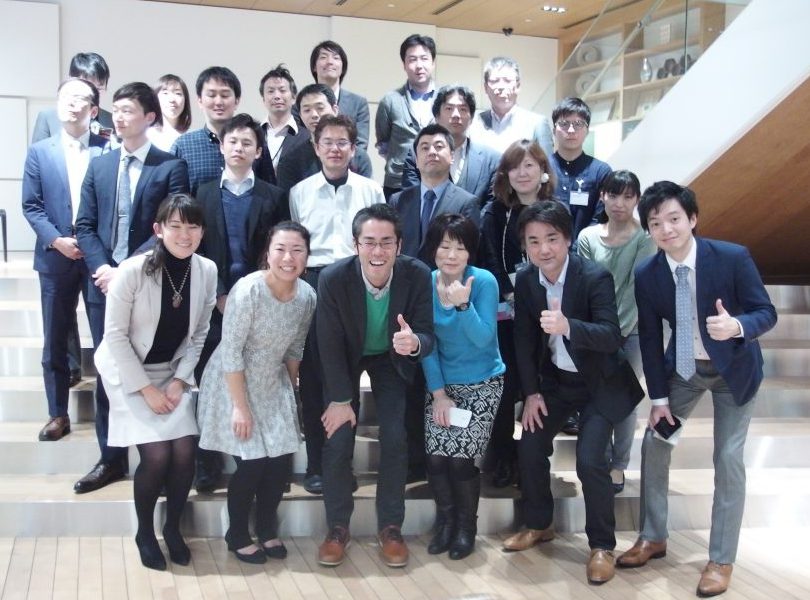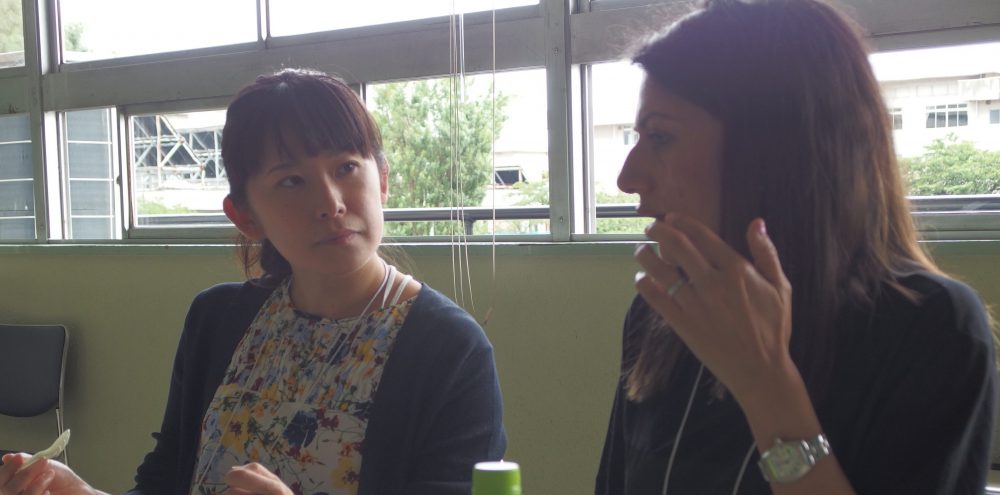Our second interview is with Nao Sudo (Japan Exchange Group) regarding her experience of the Cross-Border Learning Journey.
Interviewer/scribe: Miki Aoki
Writing: Mio Yamamoto
Translation: Maho Harada
1. Tell us why you decided to participate in the Learning Journey.
I participated because I wanted to learn about nonprofit initiatives in the field. I looked at several different tours, but the WIT program was attractive because it offered visits to numerous sites in one week and direct interaction with management. After going through the interview process and being accepted into the program, I asked my company for a one-week volunteer holiday. When I participated, there were about 20 participants, including some from overseas. For Japanese participants, the total participation fee was around 100,000 yen. It was a bit expensive, but it was a valuable experience to have discussions with representatives of nonprofits and other organizations operating in Fukushima in a training camp setting.

Visit to Watari Greenbelt Project during the Cross-Border Learning Journey (Ms. Sudo at the center of the back row)
2. What were you able to attain through the Learning Journey?
Although I’m an ordinary company employee, I think that I was able to help nonprofits through my feedback on verbalizing their thoughts and using expressions that are more readily understood by businesses. It was a major revelation that even someone like me, who doesn’t have any specific professional knowledge, has something to contribute.
Currently, I’m the organizer of a group of young volunteers called “One Japan,” which transcends the framework of companies and proposes changes that lead to innovation. We just started a social impact subcommittee with about 80 people. I met an organization called Replus on the WIT tour and asked them to do a workshop for this subcommittee. Connections like this continue to happen even after the program has ended. I saw how passionate Mr. Hashimoto, Replus’ representative was about his services and the potential of his services spreading to other areas and wanted to share this with as many people as possible.

Thanks to Ms. Sudo’s introduction, One Japan and ITOKI co-sponsored an event that explored the prevention of nursing care for the elderly with Replus (Ms. Sudo at the left end of the front row).
One of the distinct characteristics about the WIT program is the presence of overseas participants, which provided more depth to discussions during the tour. Because the participants go through the interview process, they are multi-faceted and come from business backgrounds or run nonprofit organizations. Between Japanese people, there’s a mutual understanding that occurs naturally. But it helps to have someone with an foreign perspective ask basic questions.
As an example, during the tour, Wataru Kainuma, the representative of Urushi & Rock, was talking about wanting to expand the business. From the context, the Japanese participants understood that he meant expanding into different areas or regions of Japan. But through an interpreter, an American participant asked, “If you want to expand, why don’t you make the product in China and export it?” Wataru responded by saying, “That’s a bit different from what I was thinking.” Then other people raised questions like, “Why? To what extent do you want to expand, then?” and the discussion lit up even more.
3. Do you have any messages for our readers?
◇◆◇An opportunity to take a new step◇◆◇
For example, there are other tours to go visit social entrepreneurs. But if you just visit for a short time, you’ll only be able to hear pretty stories. On the WIT tours, you have a lot of time to think with the entrepreneurs. And depending on the participants, there’s the possibility to dig deeper. If you’re going to take time off, isn’t it better to do something that’s more valuable than work?
This program isn’t well known among Japanese people yet, but I highly recommend it, especially to people who work in major corporations who aren’t able to have a side job or spend a lot of time volunteering. You can experience something out of the ordinary within a short period of time. And although I’m not an executive, I’m sure that people in managerial positions will also feel that they can contribute outside of their companies.

